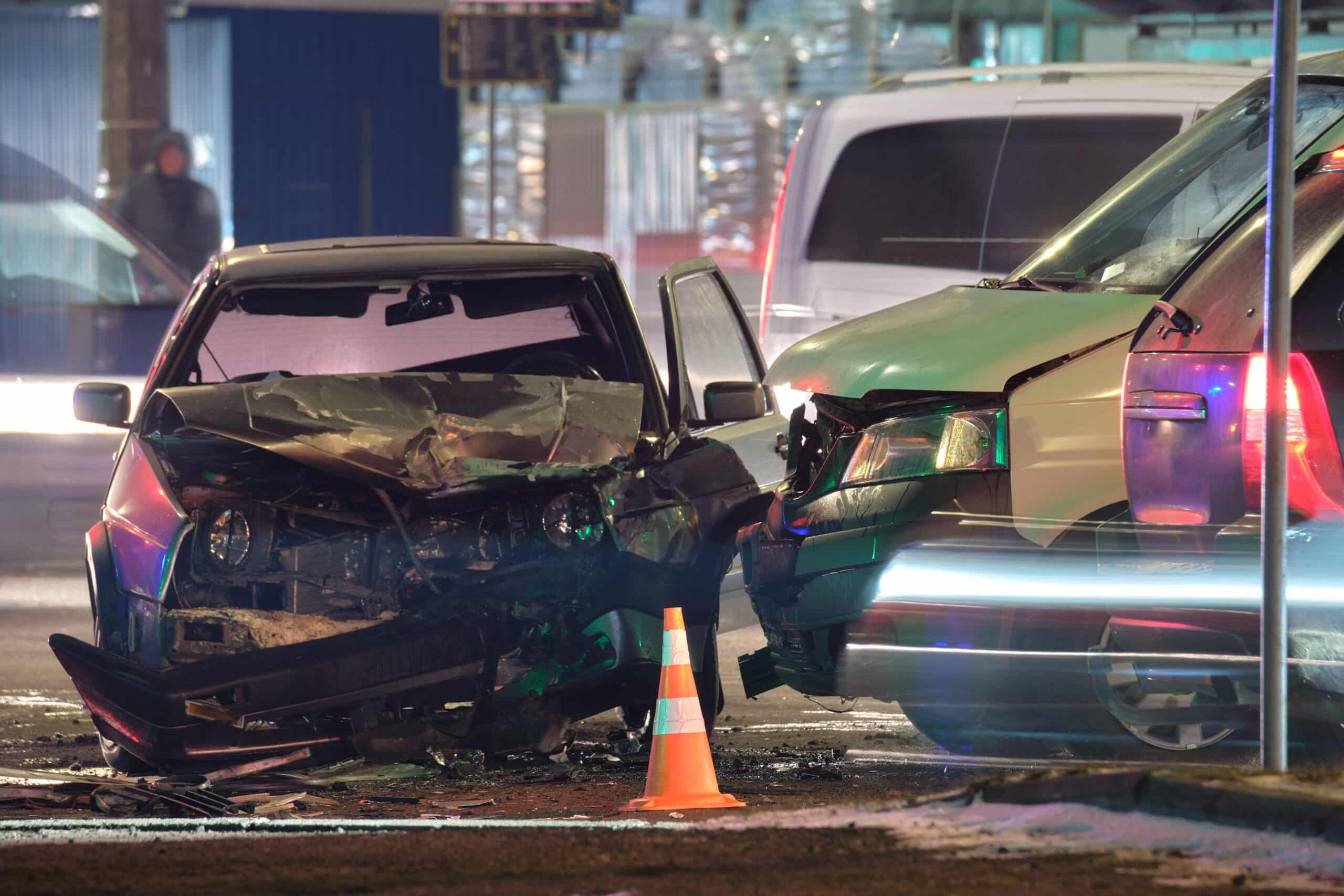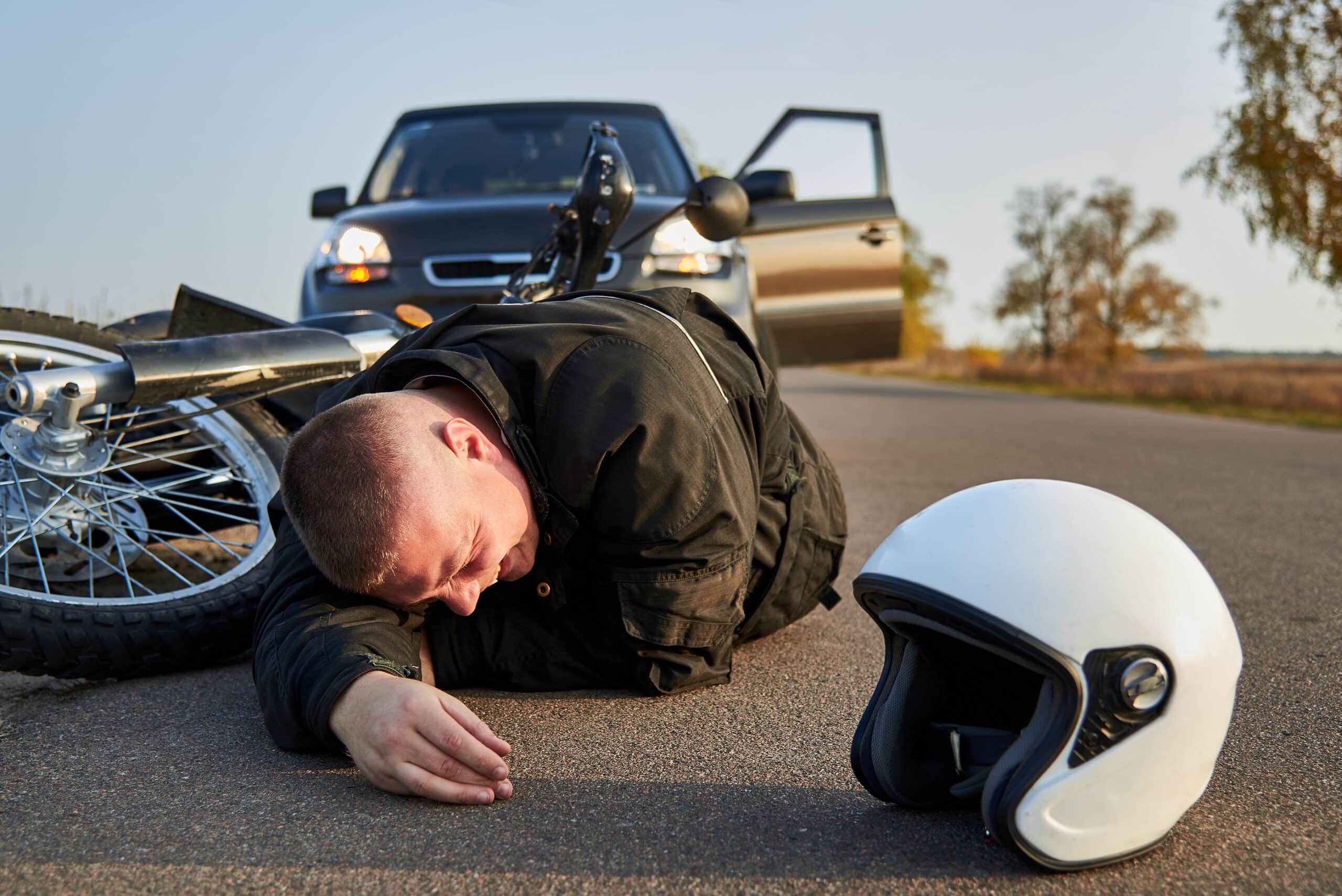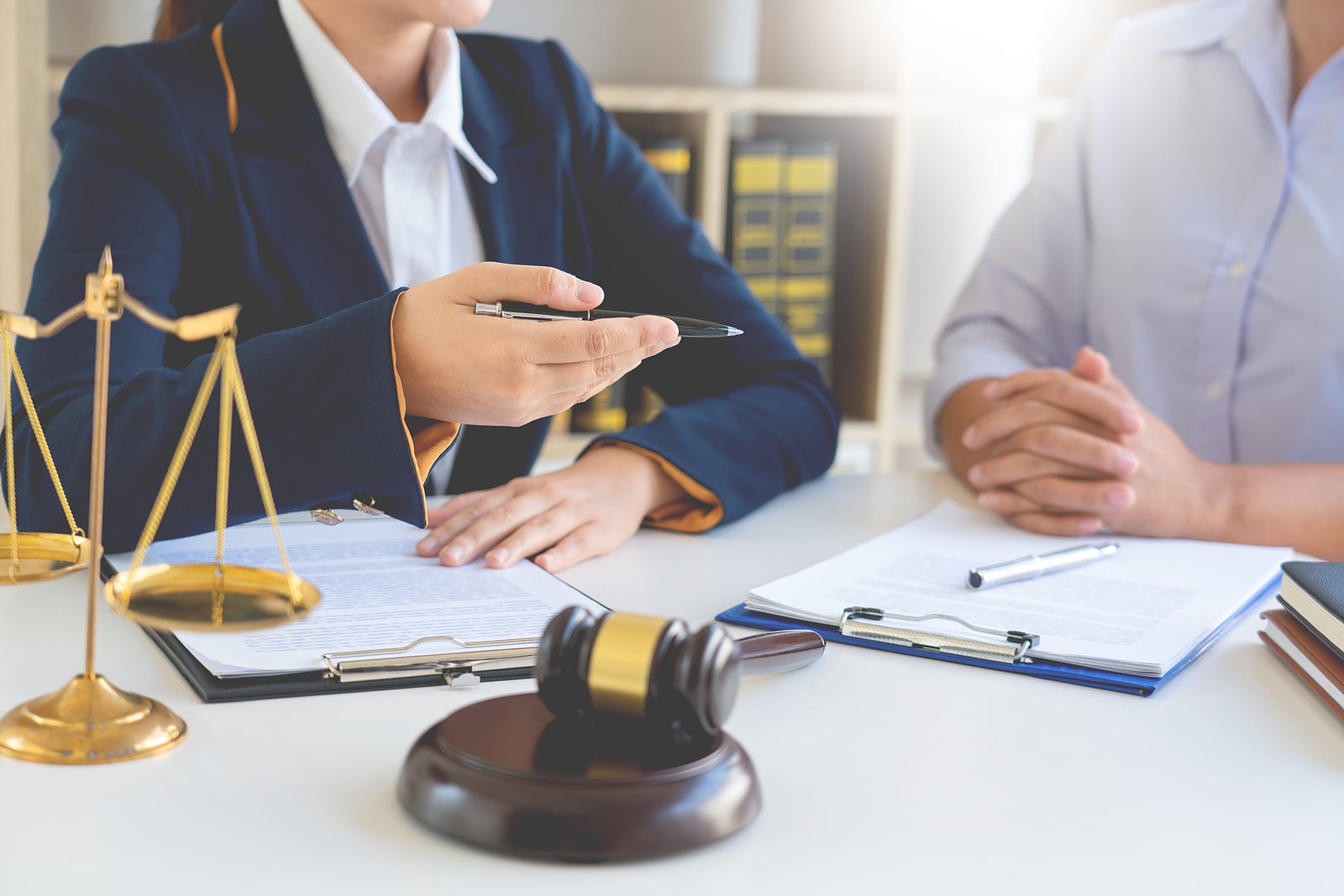
In California, a bicycle is not considered a vehicle where traffic rules and regulations are concerned. However, most of the traffic laws that govern vehicles also govern bicycles. Cyclists are considered to have the same rights as drivers to use the highways, but the intricacies surrounding specific rights and responsibilities can be confusing.
If you’re a cyclist in Fresno, it’s essential to understand how the laws work and apply to your case if you get injured while cycling. Personal injury lawyers in Fresno can evaluate your case and help you pursue justice to protect your rights.
California has approved Assembly Bill No. 1909, which will take effect in 2024, giving bicyclists a head start on crossing some intersections. They will have the same benefit of a “walk” sign as pedestrians, allowing cyclists to follow pedestrians in proceeding on a red light when a “walk” signal flashes. The law is hoped to help reduce bicycle vs. car crashes.
The new concept is known as Leading Pedestrian Interval (LPI) and will help cyclists cross with the permission of a “walking person” sign. Assembly Bill 2264 involving LPI was approved in 2022, requiring new crosswalks and traffic signals owned by the state to have different programming.
The new design gives pedestrians three to seven seconds of lead time after the walk sign flashes before motorists get a green light. Existing traffic signals can be upgraded or reprogrammed to accommodate the change.
Fresno bicycle accident lawyers explain that the lead time allows pedestrians to cross dangerous intersections before drivers start moving to avoid accidents. Pedestrians can be further out in the crosswalk when drivers turn right or left after the light turns green. The positioning of the cyclists and pedestrians would also make it easier for drivers to spot them, preventing crashes.
In addition to the LPI rule, California recently imposed AB 1909, a law requiring drivers to change lanes for bicyclists, which aims to create a “safety buffer.” Previously, the state required drivers to stay at least three feet away from bicyclists when passing them on the road. The new law requires motorists to change lanes, if possible.
The aim is to create extra space between vehicles and any bicycles on the roadway, which reduces conflict points and mitigates the risk of near misses or crashes. Even if motorists make mistakes, the safety buffer is wider and reduces the chances of serious injury.
If you sustained injuries in a bike accident, in Fresno, CA, bicycle accident attorneys can investigate the cause and help you file a compensation claim upon establishing liability. However, legislators believe that the law increases the sense of safety for bicyclists.
AB 1909 also affects electric bikes, specifically class 3 e-bikes. These are pedal-assisted bicycles with an electric motor and equipped with a speedometer. You must be 16 years and older to ride a Class 3 e-bike, which ceases to assist once it reaches 28 mph. The bikes differ from Class 1 and Class 2 e-bikes in the following ways:
Under the law, Class 3 e-bikes can use approved bicycle paths and trails unless local jurisdictions place limitations. Under the law, bicyclists will likely be safer but not entirely out of harm’s way. If a car collides with you and you sustain injuries, consult personal injury lawyers in Fresno for legal guidance and representation.
California has many laws on cycling in addition to the ones above. Fresno bicycle accident attorneys say that you can find them in the California Vehicle Code, some of them being the following:
In the past, California laws allowed local jurisdictions to require bike owners to register their bikes, although many states don’t have the condition. The law is no longer effective at the state level, but cities can offer registrations, which helps bike owners increase their chances of recovering lost or stolen bikes.
Understanding the bike laws in California is a crucial step in protecting and fighting for your rights if you get injured while cycling. The rules form the basis of establishing liability, determining if you can recover compensation from the other party and how much your case would be worth. Skilled bicycle accident lawyers in Fresno can provide more legal insights.
Nunes Law, Inc., is a personal injury law firm with dedicated and compassionate bicycle accident lawyers in Fresno. You can rely on our expertise, excellent communication, and knowledge of personal injury laws to help you navigate the matter. Call us at 559-702-5124 to schedule a FREE consultation.

If I Do Not Have to Seek Immediate Medical Attention, Do I Still Have a Car Accident Case?

Steps to Take After a Motorcycle Accident

Once I Hire a Lawyer for My Case, Should I Speak to My Insurance Company?
A car wreck can happen when you least expect it. The average motorist is involved in approximately four crashes over the course of their lifetime. Even if you are a.
July 15, 2024Ridesharing is a popular form of transportation in Fresno and elsewhere in the San Joaquin Valley. Uber and Lyft can be cost effective and convenient. At the same time, there.
June 15, 2024Accidents happen. The Centers for Disease Control and Prevention (CDC) estimates that approximately 40 million people seek emergency medical care for accidental injuries in the United States every year. If.